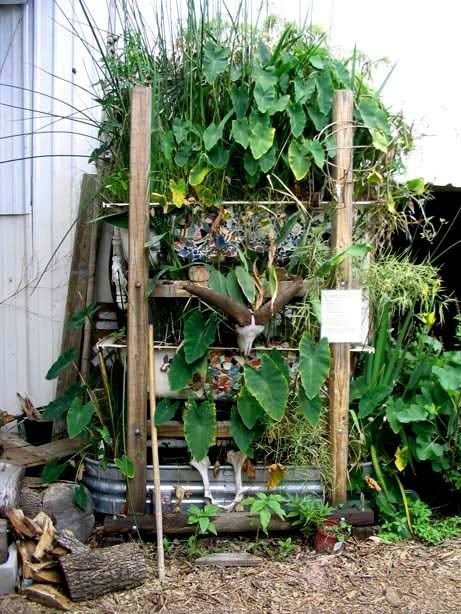First, I'll do some definitions. Clearwater is not necessarily strictly potable but is clean enough to wash with and for certain other uses. Greywater has gone down the drain from a clothes washer, bathroom sink, or shower. Blackwater comes from the toilet, and many consider kitchen sink and dishwasher sources of blackwater. I must stress that ALL WATER is BLACKWATER if non-biodegradable/biocompatible products are sent down the drain. Dawn, Crest, Pert, and Tide are no-go for greywater. If you pay for water and you water plants, you'll make back the cost of biodegradable products in savings on your water bill. OMRI certification is a decent indicator of biocompatibility
The reason for grouping kitchen sink and dishwasher with the much nastier toilet effluent is because these first two often contain large chunks or large amounts of fat or meat, sometimes raw, which demand more than your basic topsoil can handle safely. People divert greywater from the sewer or septic system to water plants, usually fruit trees. In places like California, where I currently live, there is no rain for half the year or more, so reusing water is of critical importance (though there is little awareness, though just this month California deregulated greywater systems). I believe that it is so easy to filter out these chunks and fat that there is no reason to consider anything but toilet water as blackwater. It merely presents an opportunity to make a constructed wetland
 which filters your water and creates a new and unusual habitat, right next to your house. This can be done in, for instance, an old bathtub or something smaller, or a lined trough on the ground.
which filters your water and creates a new and unusual habitat, right next to your house. This can be done in, for instance, an old bathtub or something smaller, or a lined trough on the ground. From the house, we could feed an array of ponds dug on the north side of the house, roughly along the treeline or set in slightly further. I would want to place these all along the south side of the strip of trees north of the house. This strip slopes at about 20% to the field below, and retaining water on high ground will promote deep percolation, high water table and greater flexibility in applying water where needed, not to mention the possibility of stocking fish and other water crops near the house. This plan to install ponds (and level, non-draining swales) would include the north side of Horse Field, where I noticed a troubling runoff channel running through the woods. Semipermeable linings (such as tamped clay) would let this water slowly percolate into the groundwater, where deep-rooted plants would be able to reach it, both in the garden and in the strip of timber. I will write much more on this topic, particularly in forest garden and vegetable garden sections.
No comments:
Post a Comment